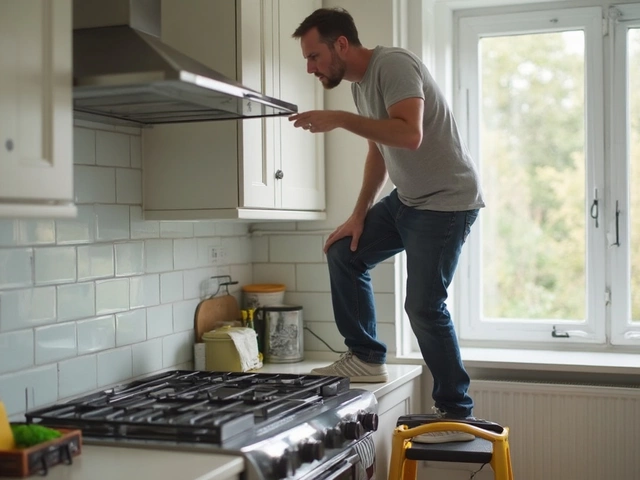DIY Electric Hob: Simple Repairs and Safety Tips
If your electric hob is acting up, you don’t always need a pricey call‑out. Most hiccups are caused by a few easy‑to‑spot issues that you can sort out yourself. In this guide we’ll walk through the most common problems, the tools you’ll need, and the safety steps you should never skip.
Common DIY Fixes for Electric Hobs
First, identify what’s wrong. Is the burner not heating, flickering, or giving a strange smell? A quick visual check often tells you a lot. Look for cracked glass, loose connections, or excess grime around the elements. If the surface is dirty, a gentle clean with a non‑abrasive cleaner can restore heat transfer.
When a specific burner won’t heat, the element may be burnt out. Turn off the power at the consumer unit, remove the hob’s top plate, and test the element with a multimeter. If there’s no continuity, replace the element – they’re usually cheap and come with simple plug‑in designs. Swap in the new part, secure the plate, and restore power.
Sometimes the issue is electrical rather than mechanical. A tripped breaker or blown fuse can cut power to one or more burners. Reset the breaker or replace the fuse, then see if the hob works again. If the breaker trips repeatedly, there could be a short circuit – that’s a sign to call an electrician.
For hobs with touch controls, a worn‑out control panel can cause erratic behavior. Clean the surface with a soft cloth and a little alcohol. If the panel still misbehaves, the control board may need replacement, which is best left to a pro.
Safety Checklist Before You Start
Never work on a hob that’s still connected to the mains. Switch off the circuit at the consumer unit and double‑check with a voltage tester. Keep a fire extinguisher handy – just in case a stray spark occurs.
Gather the right tools: a screwdriver set, multimeter, replacement elements or parts, and a soft cloth. Avoid using metal objects on the glass surface; you could scratch it and create a fault.
Make a note of the hob’s model number before you dismantle anything. That way you can order the exact replacement part and avoid the hassle of mismatched components.
If at any point you feel unsure about the wiring or you notice burnt wires, stop and call a qualified electrician. Electrical work is dangerous, and a professional can diagnose hidden problems safely.
Regular maintenance goes a long way. Wipe the surface after each use, clean spills before they harden, and check the elements for wear every few months. A well‑maintained hob will give you years of reliable cooking without the need for frequent repairs.
In short, many electric hob issues are straightforward: clean the surface, test the element, reset the breaker, or replace a control board. Follow the safety steps, use the right tools, and you’ll save time and money. When the problem feels beyond a simple fix, call a trusted local repair service – they’ll have the expertise to get your hob back in shape safely.






